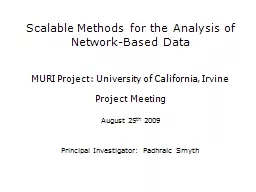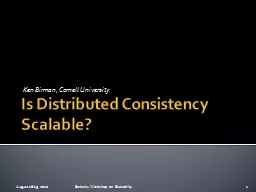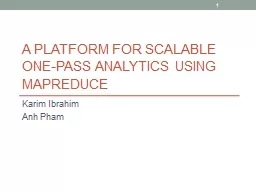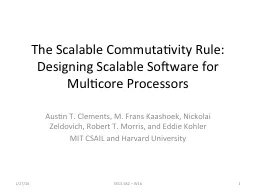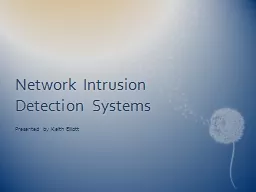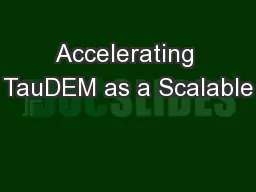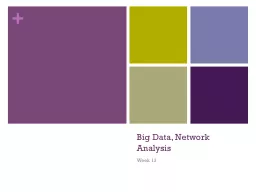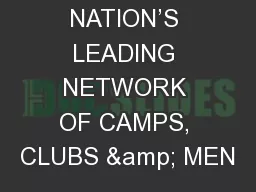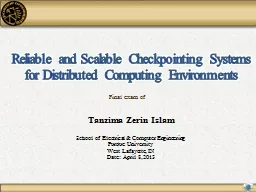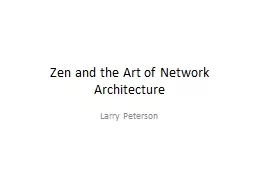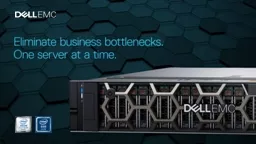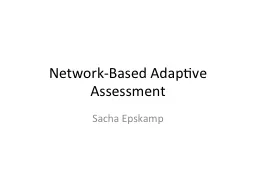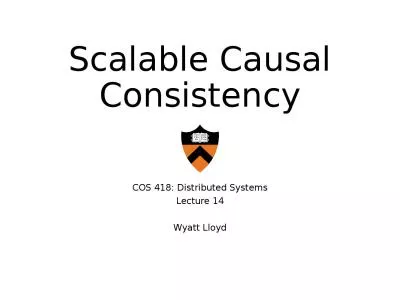PPT-Scalable Methods for the Analysis of Network-Based Data
Author : khadtale | Published Date : 2020-08-03
MURI Project University of California Irvine Project Meeting August 25 th 2009 Principal Investigator Padhraic Smyth Goals for Todays Meeting Introductions and
Presentation Embed Code
Download Presentation
Download Presentation The PPT/PDF document "Scalable Methods for the Analysis of Net..." is the property of its rightful owner. Permission is granted to download and print the materials on this website for personal, non-commercial use only, and to display it on your personal computer provided you do not modify the materials and that you retain all copyright notices contained in the materials. By downloading content from our website, you accept the terms of this agreement.
Scalable Methods for the Analysis of Network-Based Data: Transcript
Download Rules Of Document
"Scalable Methods for the Analysis of Network-Based Data"The content belongs to its owner. You may download and print it for personal use, without modification, and keep all copyright notices. By downloading, you agree to these terms.
Related Documents

